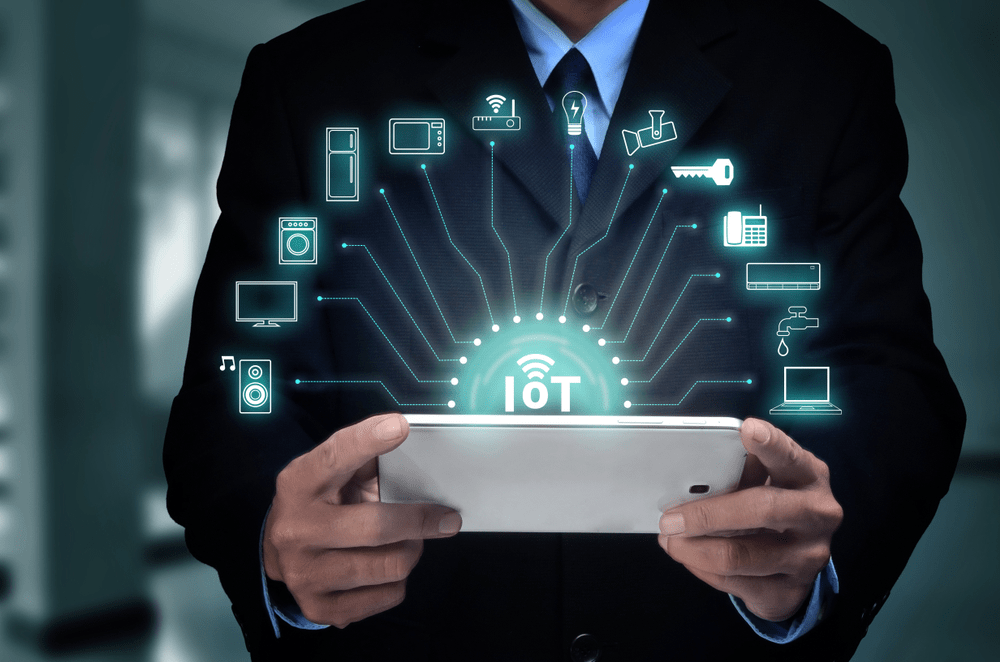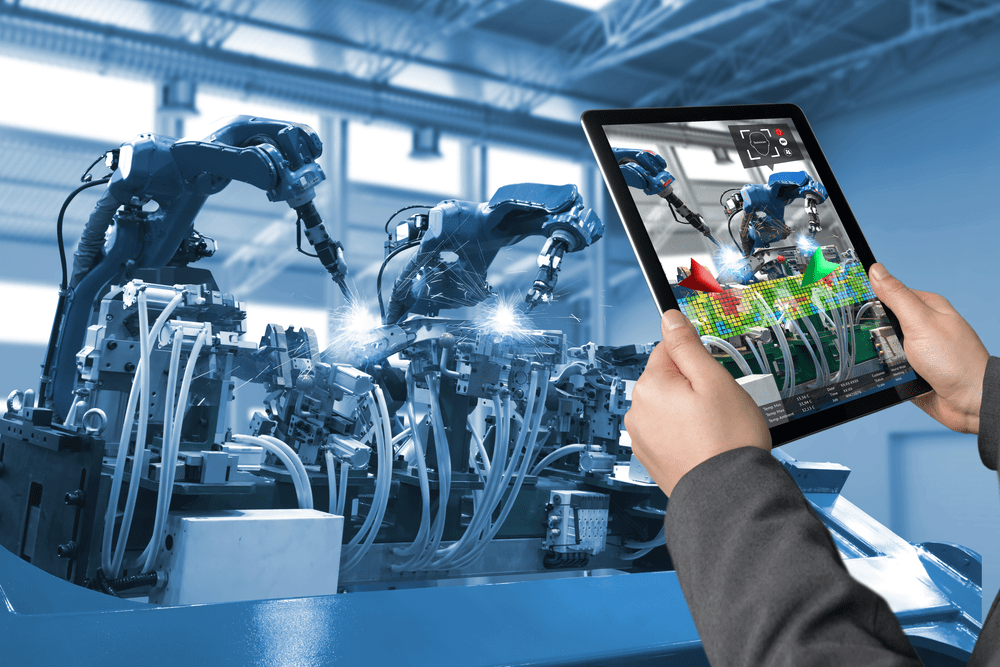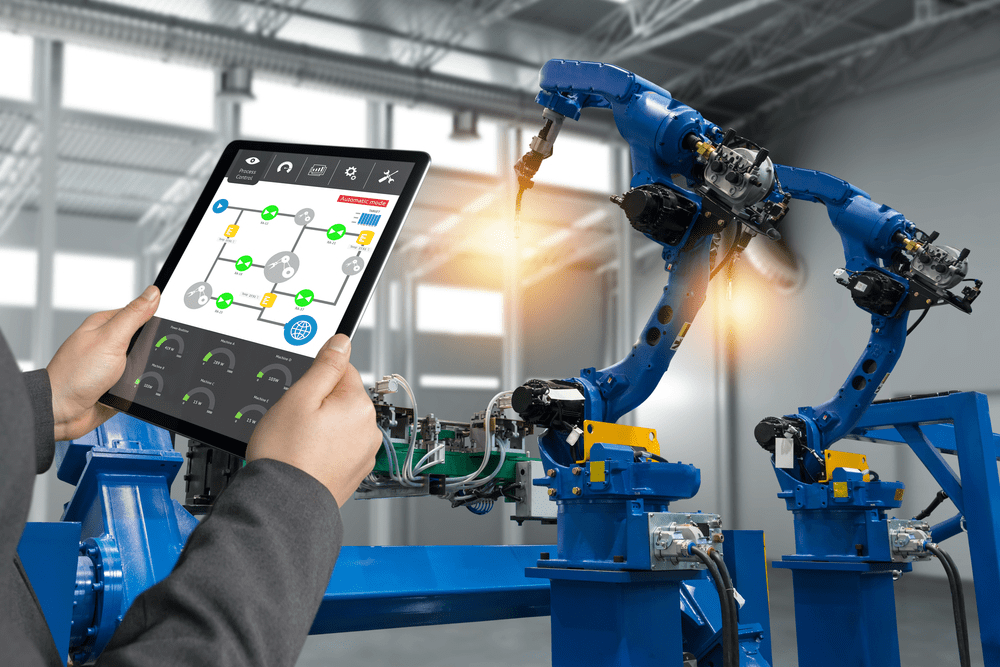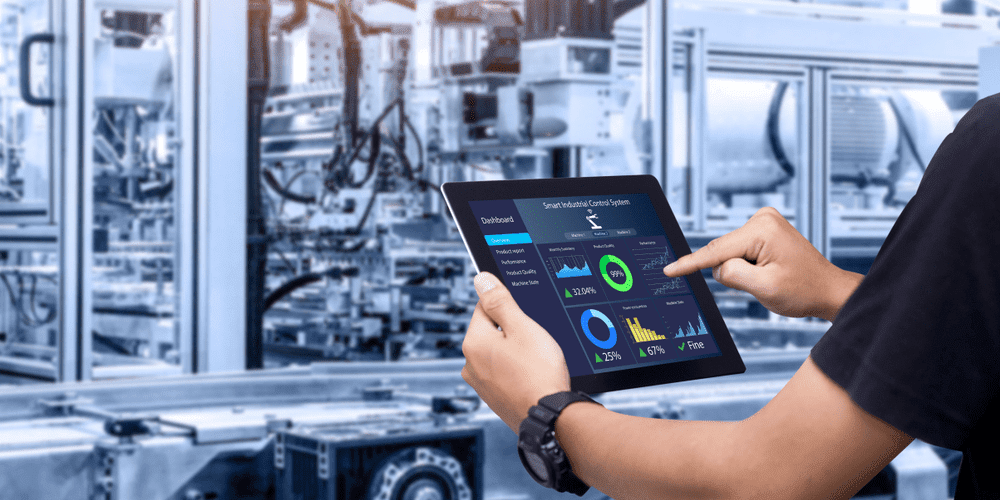How Can You Control an IoT-Connected Smart Device in 2023
The Internet of Things (IoT) has transformed communication, work, and living over the last decade. With the increasing popularity of smart devices, more and more people are turning to the IoT for greater convenience, security, and efficiency.
But with so many connected devices in our homes and offices, it can be difficult to keep track of them all and to control them effectively.
The purpose of this article is to explain how IoT devices work, how they connect to the internet, and how you can control them in 2023.
What Are IoT Devices?
IoT devices are everyday objects that are connected to the internet, enabling them to collect and exchange data.
This can include anything from smart speakers and security cameras to thermostats, light bulbs, and refrigerators.
By connecting to the internet, these devices can be controlled remotely, either through a smartphone app or a voice-activated assistant like Alexa or Google Home.
How Are IoT Devices Connected?

There are several ways that IoT devices can be connected, including Wi-Fi, Bluetooth, Zigbee, and Z-Wave.
Wi-Fi is the most commonly used connection method, as it is widely available and provides fast and reliable data transfer. In addition to Bluetooth, other forms of wireless communication are available, such as Wi-Fi.
Zigbee and Z-Wave are more specialized protocols that are used to connect smart home devices. They are designed to be low-power, low-cost, and highly secure, making them ideal for use in smart homes.
How Do IoT Devices Connect to the Internet
IoT devices connect to the internet through a Wi-Fi router. The device sends data packets to the router, which then forwards them to the internet. This process is transparent to the user, who simply sees the device as being connected to the internet. In some cases, the device may also use a cellular connection, such as 4G or 5G, to connect to the internet.
Internet of Things Devices in Your Home
In your home, you likely have several IoT devices that are connected to the internet. These devices could include smart lighting, smart locks, security cameras, smart thermostats, and smart speakers.
All of these devices can be controlled through a smartphone app or a web-based interface. To control these devices, you will need to have an account with the manufacturer or a smart home platform like Amazon Alexa or Google Home.
These platforms allow you to control all of your IoT devices from one place, so you don’t have to switch between different apps to control different devices.
Benefits of Controlling IoT Devices

Controlling IoT devices has several benefits, including convenience, increased security, and improved energy efficiency.
For example, being able to control your lights and thermostat from your smartphone means you can adjust your home’s environment to your liking, even when you’re away. Smart locks provide an added level of security, as you can lock and unlock your doors remotely, and security cameras allow you to keep an eye on your home, even when you’re away.
Another advantage of controlling IoT devices is improved energy efficiency. Smart thermostats, for example, can learn your schedule and automatically adjust the temperature in your home, reducing energy waste.
Potential Concerns with IoT Devices

While there are many benefits to controlling IoT devices, there are also some potential concerns. One of the main concerns is privacy, as IoT devices often collect and store data about your habits and routines.
This data can be used for targeted advertising or sold to third parties. Another concern is security, as IoT devices can be vulnerable to hacking and cyber-attacks.
To protect yourself, it is important to use strong passwords and keep your devices updated with the latest security patches. You should also be cautious when installing new IoT devices and make sure they are from reputable manufacturers.
Factors to Consider in IoT Devices
Additionally, when asking how can you control an iot-connected smart device, you should consider the following:
Compatibility: Before purchasing an IoT device, ensure it is compatible with your network and any other devices you have in your home. You should also check to see if it is compatible with your smartphone or tablet, as this will determine how you control it.
Integration: IoT devices can work together to provide an integrated smart home experience. For example, you can set up a smart lighting system that automatically turns lights on when you enter a room and turns them off when you leave.
Automation: Many IoT devices can be automated to perform specific actions based on pre-set conditions. For example, you can set up your smart thermostat to adjust the temperature based on your schedule, or you can set your security cameras to send you an alert when they detect motion.
Cloud Storage: Many IoT devices store data in the cloud, which provides a convenient and secure way to access your data from anywhere. You can use this data to analyze your energy consumption, monitor your home, or track your fitness goals.
Cost: IoT devices can range in price, so it is important to consider the cost before you make a purchase. You should also take into account any recurring costs, such as subscription fees for cloud storage.
Remote Access: As long as you have an internet connection, you can control many IoT devices from anywhere. This means you can control your smart devices from your smartphone or tablet, even if you’re not at home.
Voice Control: Voice-activated assistants, like Amazon Alexa and Google Assistant can be used to control IoT devices through voice commands. This allows you to control your devices hands-free, making it easier to multi-task or control devices when your hands are busy.
Security: Security is a major concern when it comes to IoT devices. To ensure that your devices and personal information are secure, it is important to use strong passwords and to keep your software and firmware up-to-date. You should also be cautious when downloading third-party apps and only download apps from trusted sources.
Maintenance: IoT devices require maintenance to function properly. This includes updating software, changing batteries, and cleaning sensors. Regular maintenance ensures that your devices are functioning correctly and that you get the most out of them.
User Experience: The user experience of IoT devices can vary greatly. Some devices are easy to set up and use, while others can be more complex. When choosing an IoT device, it is important to consider the user experience and make sure that you are comfortable using it.
Considering these factors, you can make informed decisions about which IoT devices are best for you and your home. Additionally, by understanding how to control these devices, you can maximize their potential and enjoy a smarter, more connected home.
In Conclusion
So, how can you control an iot-connected smart device?
With the widespread availability of Wi-Fi, Ethernet, and cellular networks, connecting IoT devices to the internet is simple.
Additionally, with the rise of smart home platforms, controlling your IoT devices from one place has always been challenging. Whether you’re looking to control your lights, locks, or thermostats, the internet of things has you covered.
Connect with KVM Automation today!
Irrespective of the industry you belong to, we will help you embed the power of automation into your manufacturing applications with our robotic system integration services.
Sources: https://jfrog.com/connect/post/best-way-to-control-and-manage-iot-devices/

